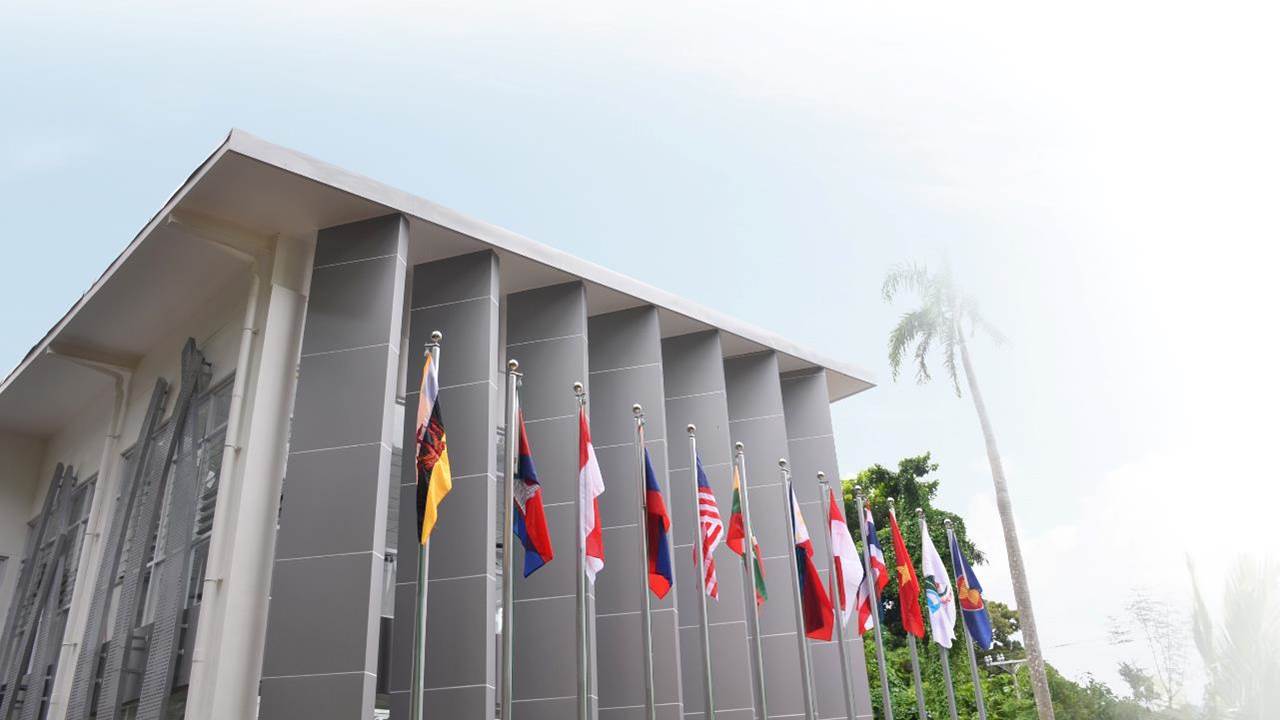Allowing nature to help us

By Dr. Theresa Mundita S. Lim
Executive Director, ASEAN Centre for Biodiversity
Super Typhoon Noru battered the Philippines with strong winds and heavy rains as it landed on 25 September. Noru, locally called Karding, is by far the strongest storm hitting the Philippines this year, hoisting sustained wind speeds of 195 kilometres per hour tagged with heavy rainfall affecting many areas of Luzon, displacing thousands and more being affected.
This occurrence only follows a series of flooding incidents that are also happening in many parts of the ASEAN region: the massive flooding affecting 16 provinces in Cambodia; the ‘surprise’ floods in Kuala Lumpur––leaving millions worth of properties destroyed, communities displaced, and scores dead. All these are haunting reminders that the ASEAN region is among the most disaster-prone areas in the world. Data from the ASEAN show that with 1,218 disasters occurring from 2012 to 2018, estimated damages of USD 15.9 billion annually, equivalent to three times the ASEAN’s collective annual gross domestic product.
We offer our deepest sympathies to the victims of these massive floods. We also commend the efforts of the government, civil society organisations, and individuals conducting disaster relief and support to affected survivors.
While the times always demand an effective and decisive immediate response, these disasters are imminent invitations for everyone to look at the bigger picture: to see how we can further allow nature to help us.
In the Philippines, the Sierra Madre mountain acts as a resilience backbone that weakens the impact of disturbances from the East. The range, which covers the Quezon province all the way up to Cagayan, is strategically located as a breaker of strong winds originating from the Pacific. Together with the diverse ecosystems found inside it, the range absorbs large amounts of rainfall, thanks to the diversity of ecosystems found in the area.
Similarly, the Mekong River in Stung Treng Province, Cambodia, designated as a wetland of international importance, not only regulates water flow and minimises inundation, most especially during the monsoon seasons, but also helps purify water and replenish ground sources. The wetland harbours young fish and seasonally flooded forests that provide aquatic resources for food and livelihoods for many communities in the region.
In Malaysia, the Titiwangsa Mountain Range that covers Peninsular Malaysia and adjacent areas of Thailand makes up a complex river system that regulates the water flow in several localities. Its diverse riparian vegetation and terrestrial makeup contribute to the regulation of voluminous rainwater, especially during the monsoon season.
These ecosystems are just some of the nature-based solutions that shield us from devastating hazards. Thus, our response should always integrate the protection of remaining natural ecosystems and the restoration of degraded ones. Not only are they useful as natural barriers in times of disaster, but they can also be sources of food and first aid when assistance is not immediately available because accessibility has been affected.
In the case of the Philippines, experts have zeroed in on the power of nature: contact with the eastern seaboard dulls the power of these disturbances on a regular basis. Much like the towering mountain ranges and the dense forests of Sierra Madre, a combination of the coastal mangroves in the eastern portion of Isabela and Aurora provinces, as well as the healthy mesophotic reefs of the Philippine Rise, are also key in curbing the impacts of strong typhoons. The pristine coral ecosystems of the Philippine Rise are the ‘refuge of the future,’ offering an effective buffer against strong typhoons and a potent rehabilitation area to reseed destroyed shallow coral reef areas.
For a region as rich in biodiversity as the ASEAN, the same can be said with how vital its ecosystems are in the overall discourse of resilience-building. Being endowed with abundant natural heritage, we have a high stake in sustainably harnessing nature as our solution to current challenges. Thus, the protection of ecosystems and the diversity of flora and fauna species found within them will only yield tangible benefits for both people and nature: providing clean water, ensuring food security, facilitating natural healing, and regulating a host of diseases.
We cannot wait for another disaster to remind us how much benefit we can derive from nature. Climate change may have something to do with the extreme weather conditions we are experiencing now, and indeed new technologies can be developed and adopted to reduce its impacts. But for the Philippines and the rest of ASEAN, the most cost-effective solution may just be right in front of us––the rich biological diversity that our region has been blessed with to help us weather the storm.
While the ASEAN region continues to work towards an efficient response in the face of crises, recovering fully and building a truly greener, better, and more resilient community entails collective actions from everyone. By building on measures that sustainably harness the power of nature as a solution, truly, we can address challenges together.
#
